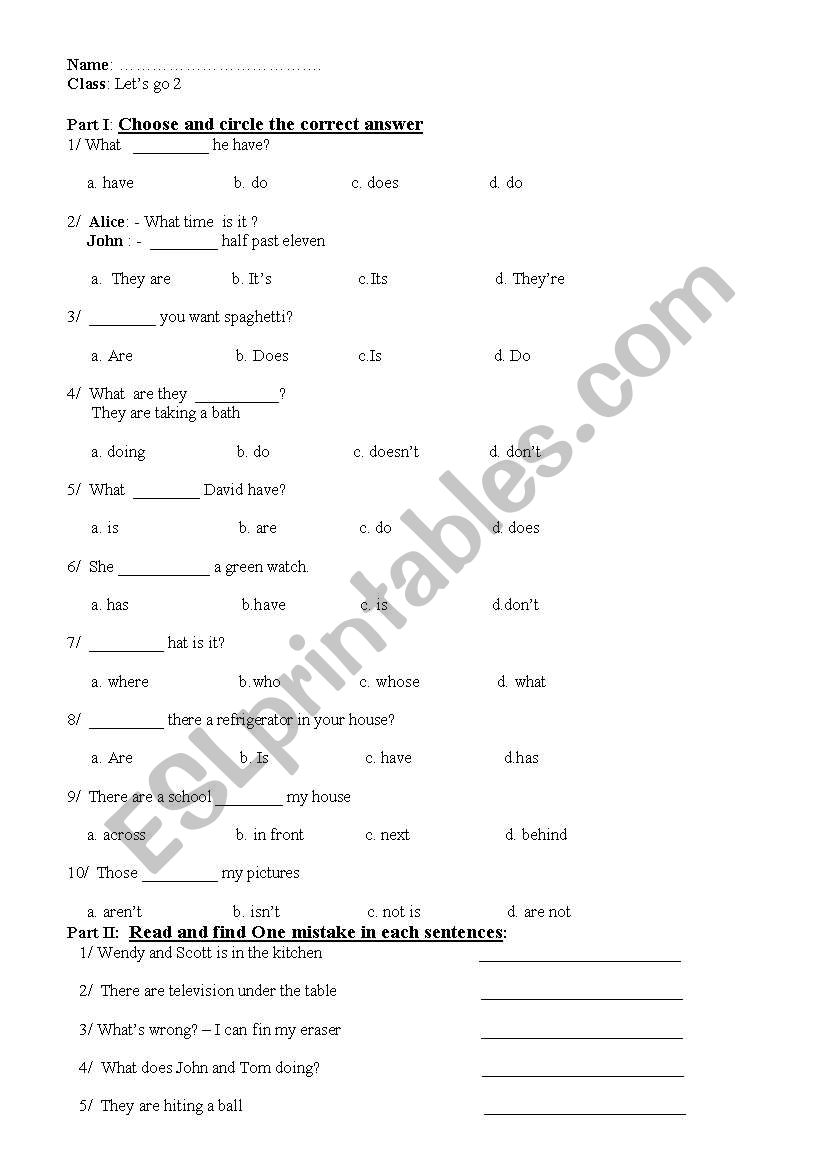
Elements Of Airplane Performance Pdf
D link dap 1150 driver for mac. Performance Based Logistics (PBL) Guidebook History of PBL PBL in Commercial Industry System and subsystem4 PBL strategies have been around for many years in commercial aviation. In these strategies, often referred to as “Power by the Hour,5” the customer pays the Product Support Provider (PSP) for a specified target level (system, subsystem, or component) of availability; this.
 When relaxing, you sit with Your knees bent, with your legs neatly side by sideYour legs crossedYour legs stretched out or straightOne leg curled under you 5. When something really amuses you, you react with A big, appreciative laughA laugh, but not a loud oneA quiet chuckleA sheepish smile 6. When talking to people, you Stand with your arms foldedHave your hands claspedHave one or both of your hands on your hipsTouch or push the person to whom you are talkingPlay with your ear or hair, touch your chin, or smooth your hair 4.
When relaxing, you sit with Your knees bent, with your legs neatly side by sideYour legs crossedYour legs stretched out or straightOne leg curled under you 5. When something really amuses you, you react with A big, appreciative laughA laugh, but not a loud oneA quiet chuckleA sheepish smile 6. When talking to people, you Stand with your arms foldedHave your hands claspedHave one or both of your hands on your hipsTouch or push the person to whom you are talkingPlay with your ear or hair, touch your chin, or smooth your hair 4.
This book contains sixteen chapters and four appendices which form a compre-hensive teaching text on the subject of airplane performance. The fi rst seven chapters are designed to provide necessary background material in mechanics, aerodynamics, atmospheric science, air data instruments, and propulsion. In addi-tion, the appendices furnish basic data and information on the theory pertinent to a clear understanding of the different problems. Chapters 8-13, in particular, treat the point performance of the airplane, i.e., the performance that pertain to given point on the fl ight path. Finally, chapters 14-16 deal with what is known as the integral performance, indicating the performance items which are related to the course of the fl ight. The text is extensively illustrated and includes numerous worked examples. The book is primarily intended to serve as a textbook in undergraduate engineering courses and as an instrument for selfstudy.
Contents

Preface 1. Basic concepts 2. The atmosphere 3. Equations of motion 4. Aerodynamic basis 5. Air data instruments 6. Propulsion 7. Propeller perform-ance 8. The airplane in symmetric fl ight 9. Performance in steady symmetric fl ight 10. Effect of altitude 11. Flight and airplane condition effects 12. Turning performance 13. Gliding fl ight 14. Symmetric climb and descent 15. Cruise performance 16. Airfi eld performance References Appendix A. Newtonian mechanics Appendix B. Conversion factors Appendix C. International standard atmosphere Appendix D. One-dimensional steady fl ow equations Index
The author, Ger J.J. Ruijgrok, is an Emeritus Professor of Aerospace Engineering at the Brussels Free University (VUB), Belgium, and at the Delft University of Tech-nology, The Netherlands. He is also the author of the books Elements of Aviation Acoustics and Elements of Aircraft Pollution. He was graduated at Delft University of Technology with a degree in aeronautical engineering.
URL on this book: http://www.vssd.nl/hlf/ae02.htm